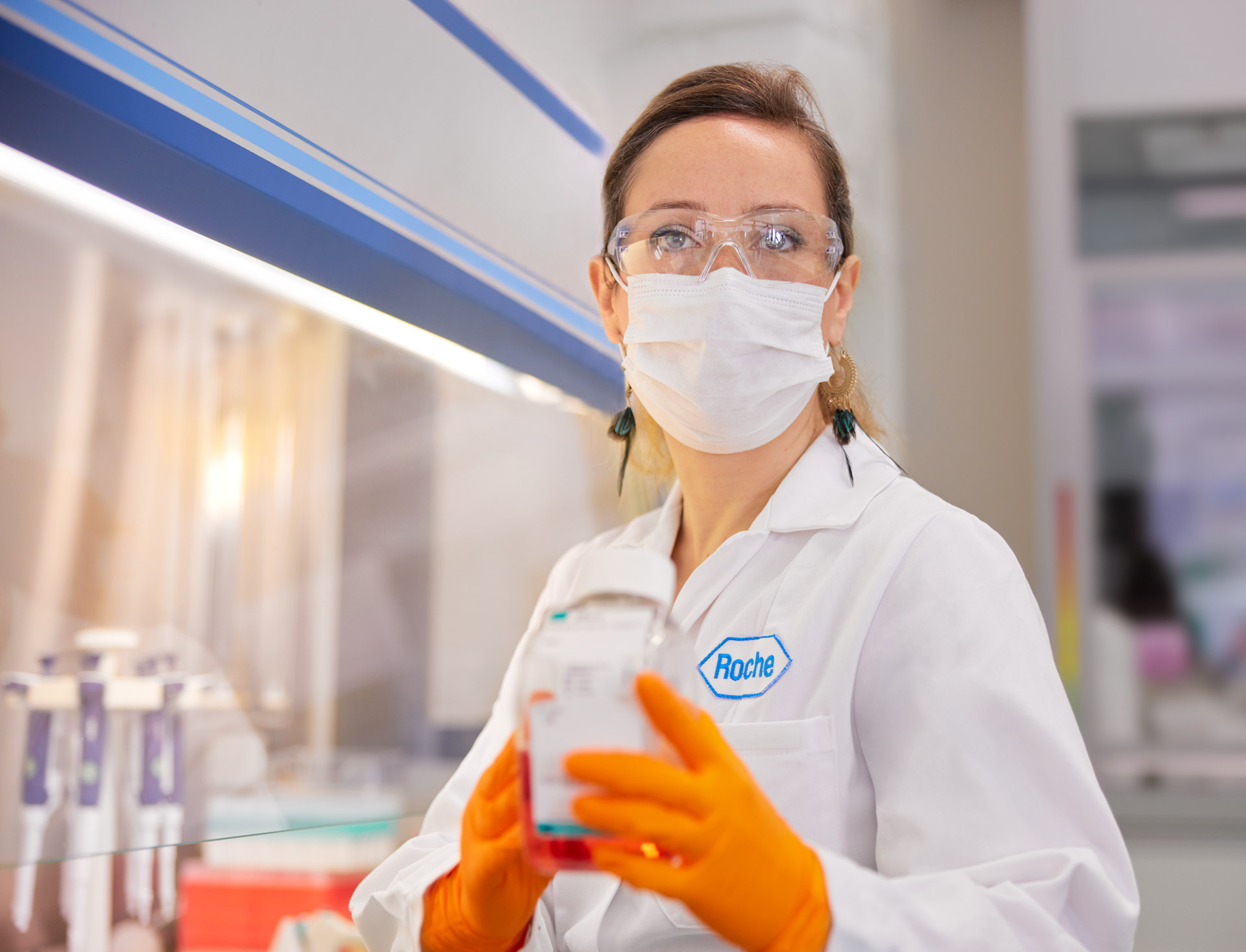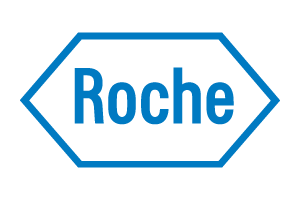A silent pandemic, screaming for action
Inappropriate use of antibiotics in people, animals and plants has led to multidrug-resistant infections. Antimicrobial resistance (AMR) is a “silent pandemic”, spreading around the world at a slow but constant pace. It is projected to soon claim more lives than cancer does today.
In antibiotics, R&D innovation has been stagnant for decades, due both to significant scientific challenges as well as a marketplace that fails to reward innovation in this therapeutic area. In addition, with the necessary prudent use of antibiotics, the per-unit business model doesn’t work. In short, a low return on investment causes market failure.
A study published recently in Lancet suggests that in 2019, 1.27 million deaths globally were the direct result of drug-resistant bacterial infections. If nothing is done to stop it, experts predict that ten million people might die from such infections by 2050 – every year. Today’s 33’000 deaths in Europe will then be dwarfed by almost 400’000 losses of life per year. Deaths attributable to antibiotic-resistant bacterial infections increased by 25% over six years in the EU. Already today, premature mortality results in years of life lost, equal to HIV, tuberculosis and flu combined.
Hope lies in next generation antibiotics
Roche has a long history of developing anti-infectives. Three of them are on the WHO Model List of Essential Medicines and have saved millions of lives. And they still do today.
Roche is unique in investing both in R&D of antibiotics against some of the most serious infections as well as in diagnostic solutions to tackle AMR. The company is committed to bringing to patients novel medicines that can provide long-term solutions to the AMR crisis.
In its search for next-generation antibiotics, Roche is working both on broad-spectrum antibiotics and on specific pathogens, including the top three bacteria on the WHO priority pathogen and CDC urgent threat lists. Roche scientists are applying synthetic biology and genome-mining approaches to discover novel molecules against some of the most resistant germs.
To complement our in-house research, Roche is using a wide range of approaches, from local partnerships to global industry collaborations such as the AMR Action Fund, initiated by the International Federation of Pharmaceutical Manufacturers and Associations. Roche has also joined forces in a private-public-partnership with the Biomedical Advanced Research and Development Authority in the U.S. to advance the development of medicines for infectious diseases.
The group of most resistant bacteria includes Enterobacteriaceae and Acinetobacter species. Often, these germs are present in the hospital environment. There, they can cause severe infections with a high mortality rate, especially in vulnerable patients in intensive care.

Rapid tests slow down resistance
In this setting, the role of diagnostics is crucial, e.g., to detect coloniszed patients and prevent the spread of the infections. Roche continues to invest in private research and partnerships around new classes of molecular diagnostics. The latest focus — underlined by the acquisition of a leading provider in the field — is on so-called syndromic tests. From just one patient sample, such tests can detect dozens of pathogens and antibiotic resistances in hours, not in days. Therefore, a doctor can prescribe the right therapeutic within hours – and save precious time to slow down a potential contamination of other people.
Receiving the test results fast will also prevent doctors from prescribing antibiotics prematurely, because they might believe “it can’t hurt”. However, the more antibiotics are prescribed, the more bacteria become resistant. This is one major cause of AMR and puts the whole world population at risk.
Fatefully connected: Business model and patient benefit
The conventional pharmaceutical business model, in which revenues are based on volume sales, is not appropriate for antibiotics that must be used sparingly to maintain their efficacy. Research in this area is therefore overshadowed by financial risk and the prospect of low return. To overcome this, incentive setting is key.
Push incentives are already well established. They include research grants, tax breaks or public–private research partnerships as ways to reduce the financial risks of research. Push incentives remain crucial for a sustainable long-term antibiotics ecosystem.
Pull incentives aim to increase the available number of antibiotics by “pulling” them through the system as quickly as possible, to market authorisation. The most common pull incentives also support stewardship efforts across the health system by de-linking the manufacturer’s return on investment from volume of sales. In practice, they provide a known and predictable return on investment for the successful development of new antibiotics. Yet to make pull incentives effective, a few building blocks are missing.
The EU should use the upcoming EU Pharma Legislative Review to take a lead in developing new market models such as transferable exclusivity extensions (TEEs). To be effective, pull incentives need to be accompanied by different types of regulatory and reimbursement models and valuation methodologies. This will ensure the amount paid by governments or insurers for novel antibiotics reflects their societal and clinical value. New access models for innovative diagnostics are also needed so that new, rapid and reliable solutions are available to clinicians and patients.
AMR is a global problem where a collective response with market reforms that foster innovation is key. Global manufacturers can bring national stakeholders together and spread good practice—to build a global ecosystem that supports investment and stewardship in AMR.

